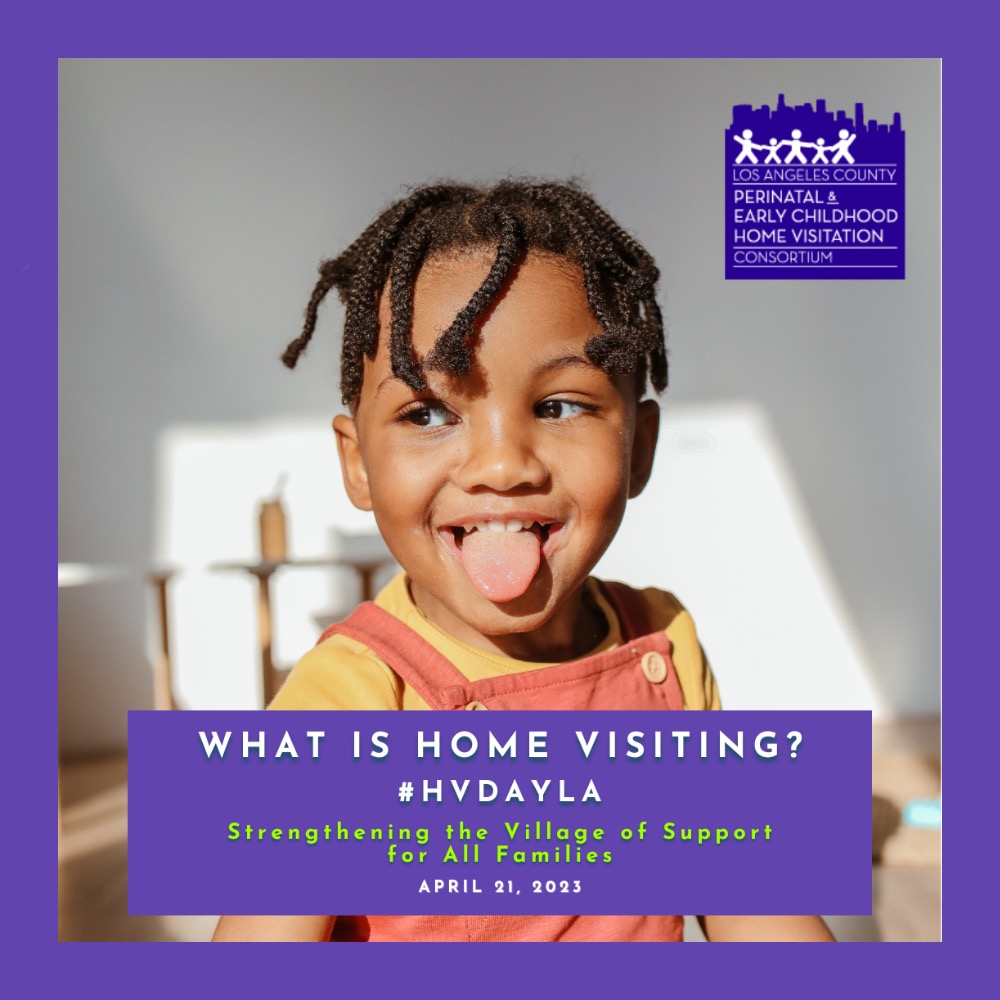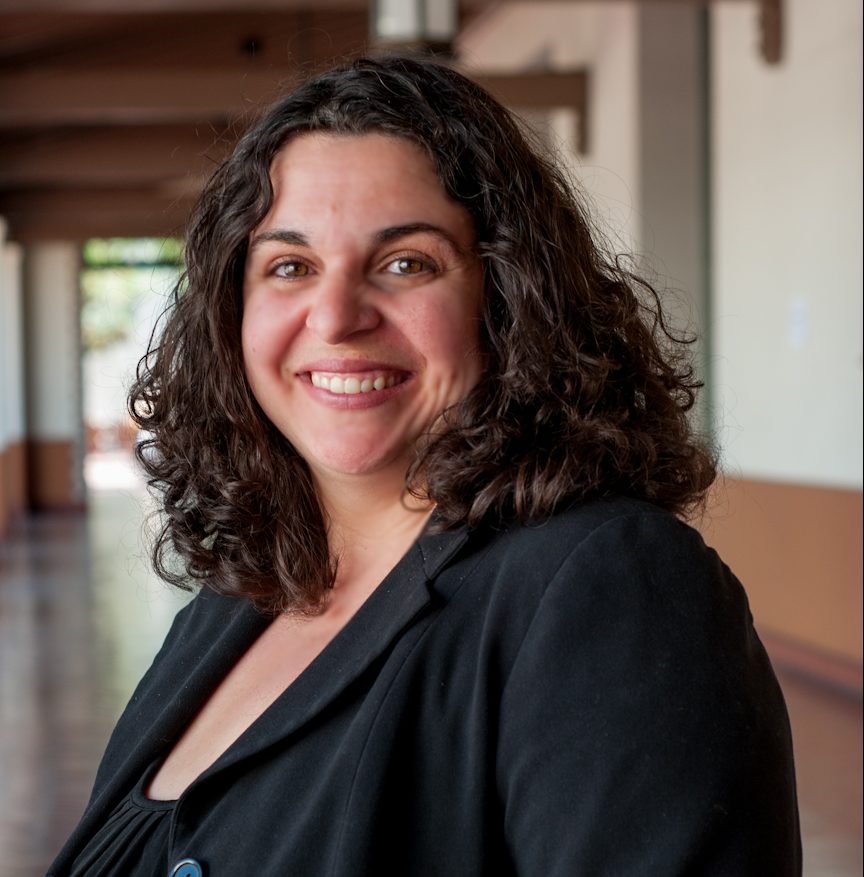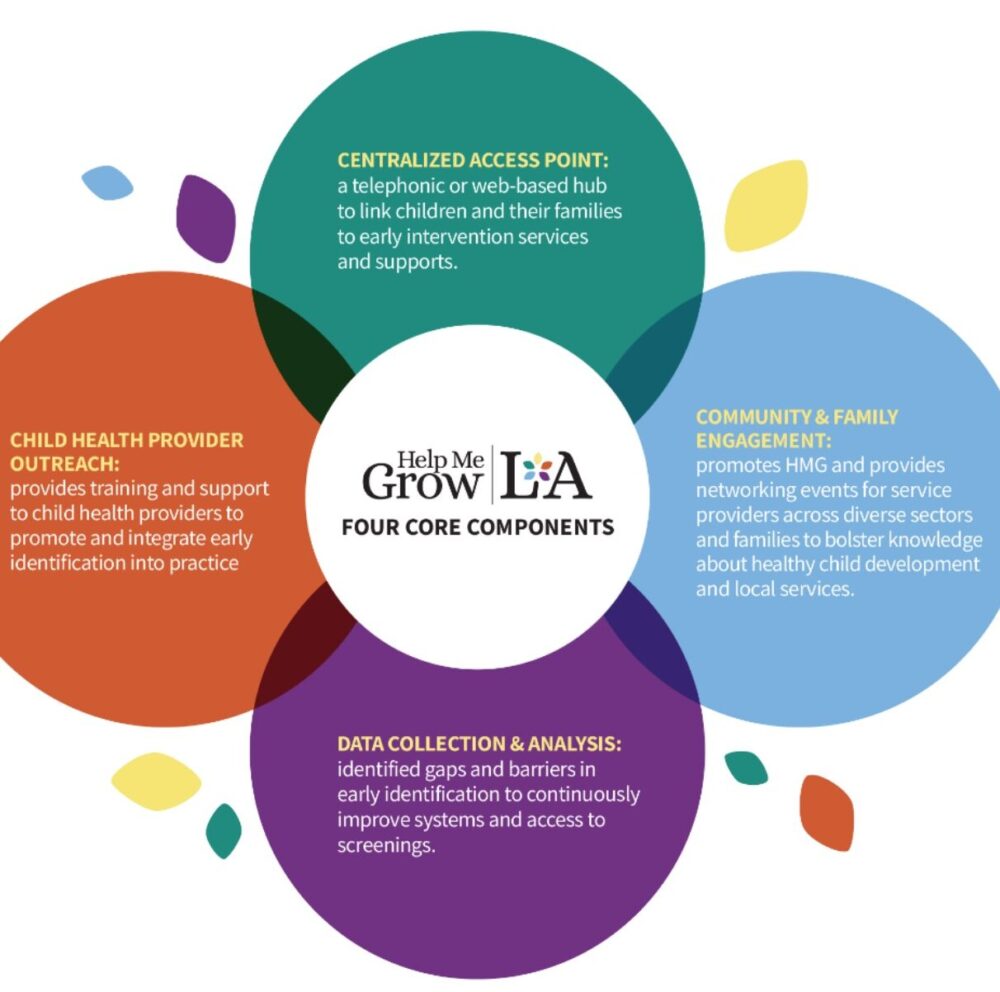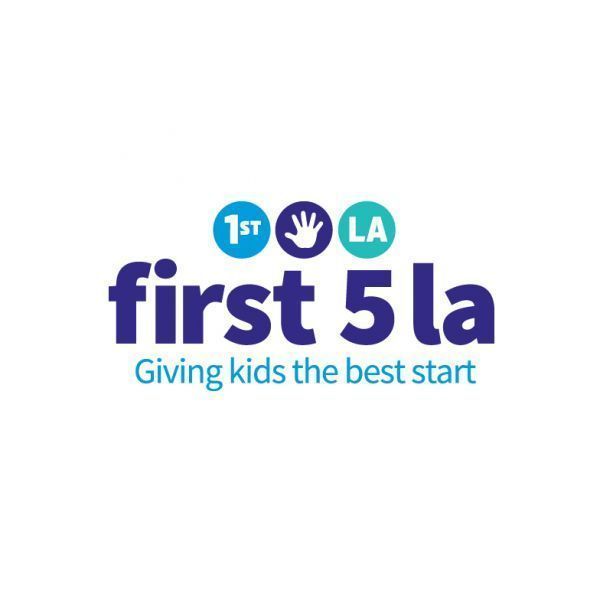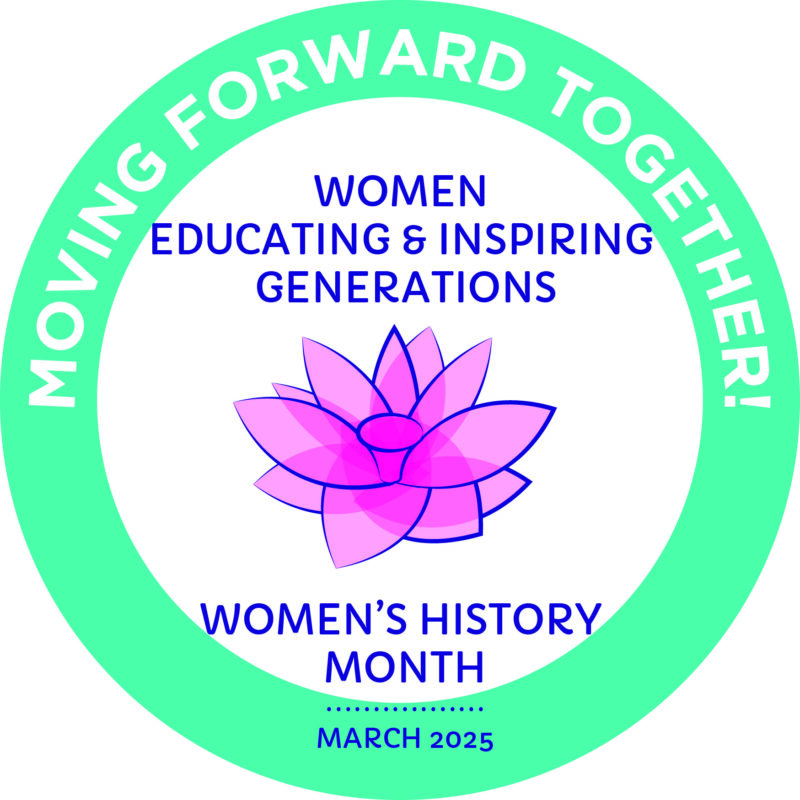April 21, 2023
Building a coordinated system of home visiting that leads to thriving children and families takes not only time but a collective effort across diverse partners coming together to work collaboratively. In L.A. County, these efforts have spanned various years and required ongoing engagement of key partners, ranging from funders and advocates to providers, home visitors and families. Collectively holding to the vision of a unified home visiting system has resulted in steady advancement toward this goal.
 Home visiting models may have their own unique aspects, but the Office of Administration for Children and Families at the federal level describes the core concept well: home visiting is a service delivery strategy that aims to support the healthy development and well-being of children and families. The program’s goals range from maternal health, child health and development, maltreatment prevention and self-sufficiency. They are preventive interventions focused on promoting positive parenting and healthy attachment.
Home visiting models may have their own unique aspects, but the Office of Administration for Children and Families at the federal level describes the core concept well: home visiting is a service delivery strategy that aims to support the healthy development and well-being of children and families. The program’s goals range from maternal health, child health and development, maltreatment prevention and self-sufficiency. They are preventive interventions focused on promoting positive parenting and healthy attachment.
Decades of research demonstrate that home visits by a trained professional during pregnancy and the first few years of a child’s life improve the lives of children and families. As a two-generation approach, home visiting delivers both parent- and child-oriented services to ensure the whole family thrives.
Recently, I had the opportunity to partner with others to highlight home visiting system building efforts in Los Angeles as part of a presentation at the 12th National Home Visiting Summit. These coordinated efforts originated from a 2016 Los Angeles Board of Supervisors motion that called for key county departments, First 5 LA, the Los Angeles County Perinatal and Early Childhood Home Visitation Consortium, the Office of Child Protection, and the Children’s Data Network to develop a plan to coordinate, enhance, expand, and advocate for high-quality home visiting.
As a result, local stakeholders have since engaged in working toward a vision of a unified, voluntary and equitable system of home visiting, which eventually led to the development of a Home Visiting Countywide Action Plan in 2018. The critical role of system building efforts and cross-sector coordination has only risen in prominence across L.A. County in the past several years. This understanding comes with the acknowledgment that only by working together to change policies and improve service delivery systems at a fundamental level can the core issues that prevent so many children and their families from getting the support they need to thrive be addressed.
Given the increased focus on the important role of system building efforts, First 5 California approved funding in 2020 to help counties promote increased coordination and collaboration at a local level as a way to yield significant system changes. As a part of this project, First 5 California worked in coordination with James Bell Associates to implement a Home Visiting Coordination Learning Network (CLN), bringing together all 58 First 5 county commissions to participate in peer learning opportunities. The yearlong project delved into a variety of coordination topics, ranging from partnership building, leveraging funding and data sharing to referral processes and shared accountability.
As a result of this project, James Bell Associates teamed up with First 5 LA and First 5 Fresno on a presentation at the 12th National Home Visiting Summit to highlight the critical role of partnerships in home visiting system building efforts. Held virtually this year, the Summit had an attendance of more than 1,000 participants and brought together researchers, practitioners, advocates, families and key stakeholders working collaboratively to advance the field of home visiting.
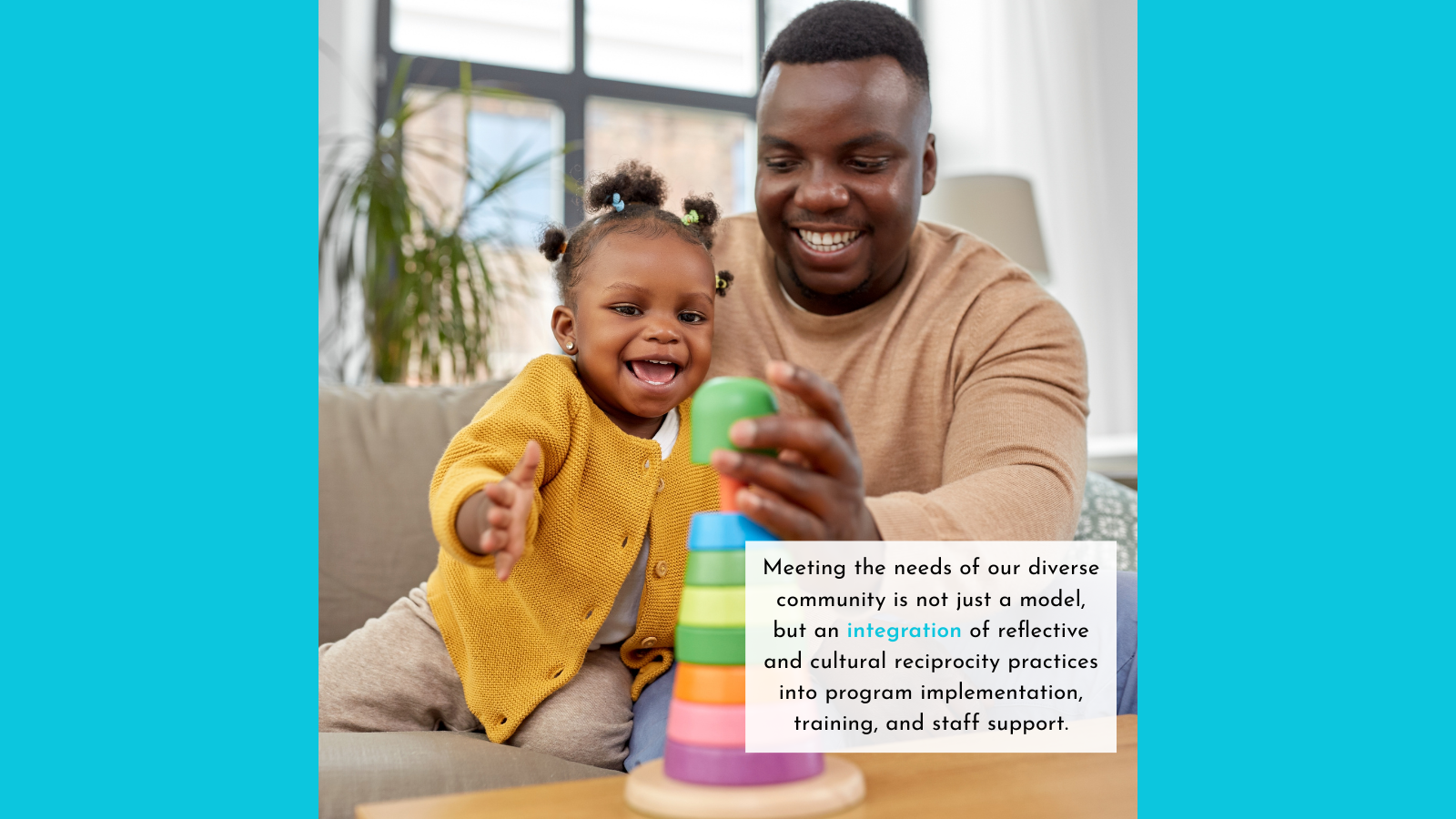
For Los Angeles, the presentation helped highlight the transition from working in silos to developing an inclusive planning process across key stakeholders that resulted in a countywide action plan. This transition has resulted in projects and efforts that would not have been as informative or useful without cross-sector input and coordination. One such example includes learning how to maximize available funding sources and the implementation of strategic communication and coordination processes. And, of course, system building efforts led to the development of a Collaborative Leadership Council (CLC) that brings together key funders, county departments, providers and partners to help monitor, adjust, coordinate and advocate for home visiting at a system level in L.A. County. Oversight of the CLC was recently transitioned to the Department of Public Health in 2022
Realizing a coordinated system of home visiting as part of a comprehensive early childhood system requires everyone — providers, county leadership, parents and funders — to communicate with each other regularly and support efforts that enable everyone to work together toward collective goals and equitable outcomes. The opportunity to highlight lessons learned and best practices with a national audience at the Home Visiting Summit speaks to the more than 15 years of experience of working together, paving the way, and building a more inclusive and coordinated home visiting system to benefit our county’s children and families.
